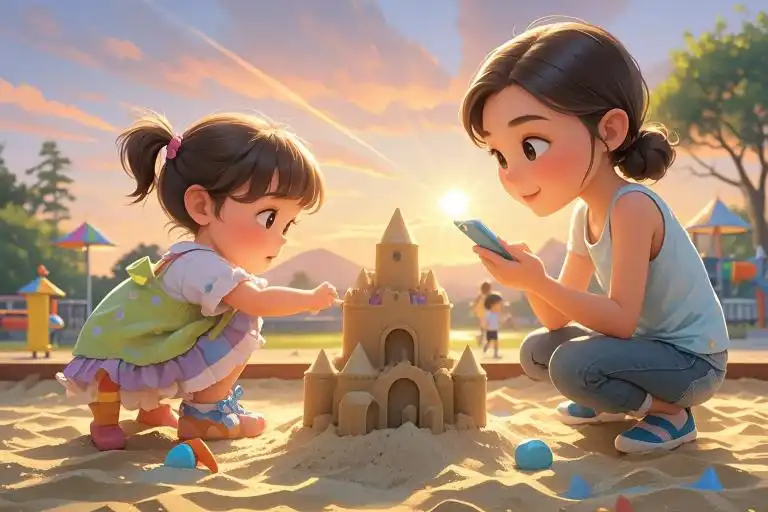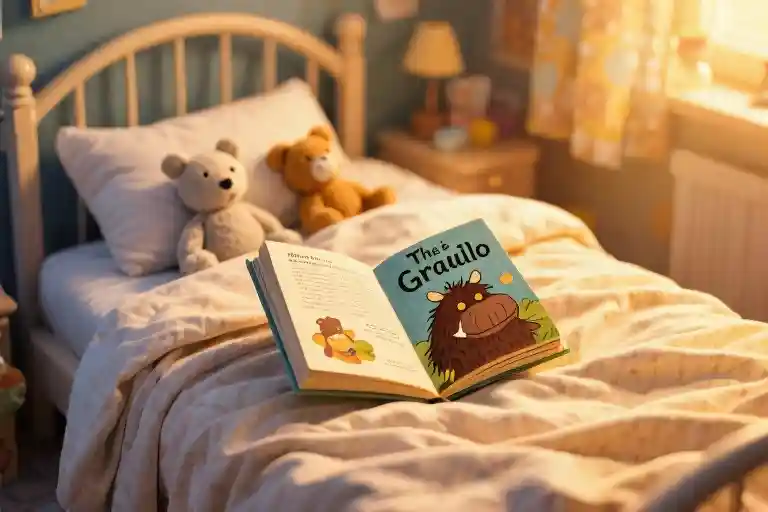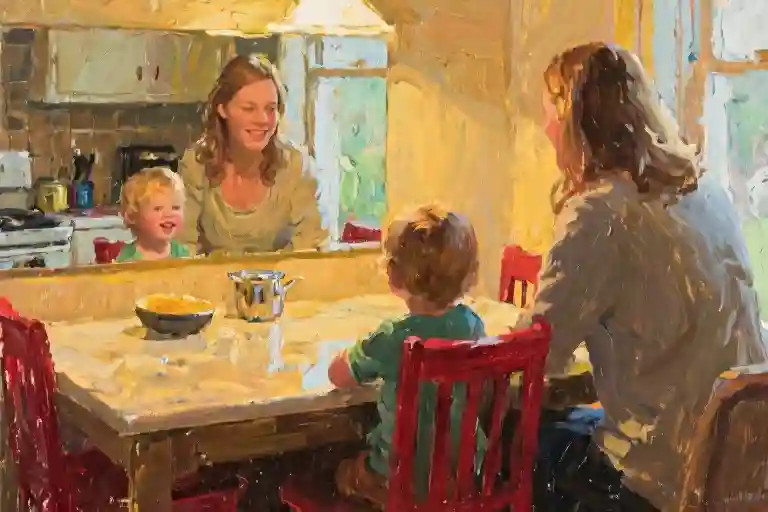The afternoon sun painted golden triangles across the sandbox where my niece Lily, then a determined three-year-old with spaghetti-strap pigtails, was conducting her masterpiece. You know that intense focus little kids get when creating? Her tongue poked between rosebud lips as she pat-pat-patted the damp sand, each deliberate motion building turrets that would make Neuschwanstein jealous.
“Look Auntie! Wizard castle!” she declared, carefully embedding pebble windows. The scent of sunscreen mixed with that peculiar playground aroma of warm plastic slides and freshly turned earth. Somewhere behind us, a ice cream truck’s jingle flirted with the breeze.
Enter the tiny wrecking crew: a wobbly-legged toddler wearing the universal uniform of mismatched socks and cookie crumbs. His starfish hands reached for Lily’s creation with the gravitational pull only eighteen-month-olds possess. Crunch. The eastern tower collapsed like a sandcastle version of Pompeii.
“NOOOOO!” Lily’s cry pierced the suburban serenity. “MY CASTLE!” Her tear-filled eyes locked onto the offender who stood blinking, a single sand-crusted finger in his mouth.
Now here’s where it gets juicy.
The boy’s mother materialized clutching an iced coffee, her phone still blaring a TikTok audio. “Relax, kiddo,” she drawled without looking up from her screen. “It’s public property. Sand belongs to everyone.” Her acrylic nails clicked against the cup like punctuation marks.
My father (Grandpa of the Year contender) bristled beside me. But before he could launch into Grandpa Justice mode, Lily performed the verbal equivalent of a mic drop.
Pudgy hands planted on hips, she turned to the clueless toddler: “Your mommy says sand is everybody’s. So why you break MY play?” The sandbox fell silent save for the distant thwack of a tetherball.
The Preschool Philosopher’s Toolkit
Child psychologist Dr. Emily Tan calls this “the sandbox syllogism” – a developmental milestone where toddlers begin connecting social contracts to concrete experiences. “At 3-4 years old, children start recognizing logical inconsistencies,” she explains. “They’re tiny lawyers building cases with Duplo blocks.”
Let’s break down Lily’s flawless argument:
- Major premise (from mom): Public sand = everyone’s
- Minor premise (observed fact): Castle = organized sand
- Conclusion: Destroying organization prevents “everyone’s” play
Boom. Aristotle would high-five this tiny rhetorician.
Why Your Toddler Might Be a Better Ethicist Than You
UCLA’s Early Cognitive Development Lab found that 74% of 3-year-olds can identify fairness violations, compared to only 62% of adults in workplace conflict simulations. The kicker? Kids apply rules consistently, while adults often bend logic to avoid discomfort.
That sandbox showdown taught me more about moral philosophy than my college ethics course. Lily wasn’t just mad about her castle – she detected the hypocrisy in “public space” being used to justify destruction without responsibility. Her little brain processed:
- Ownership vs stewardship
- Creative labor value
- Shared space etiquette
All while picking sand out of her sparkly shoes.
Raising Mini Philosophers: 4 Playground-Ready Strategies
- The Perspective Swap: Ask “How would you feel if…” instead of “Don’t do that”
- Failure Fortresses: Next time blocks tumble, try “Uh-oh! What made it fall?”
- Tiny Tribunal: Roleplay stuffed animal disputes – “Should Bear apologize for eating Cookie’s honey?”
- Moral Math: Use snack time to demonstrate fairness – “Two crackers for you, two for me!”
The Existential Sandcastle
Here’s the beautiful part adults often miss: To Lily, that castle wasn’t just sand. It was 43 minutes of careful engineering. It was the triumph of finally making the drawbridge stay up. It was the imaginary moat monster she’d named “SparkleFangs.”
When we dismiss children’s creations as trivial, we ignore their emerging understanding of effort, ownership, and communal respect. That castle was her being in the world, to get all Heideggerian about it.
So next time you see a kid mourning a toppled block tower or melted snow fort, remember: You’re not just looking at crumpled construction. You’re witnessing humanity’s first attempts to shape the universe – one imperfect, glorious, temporary masterpiece at a time.





